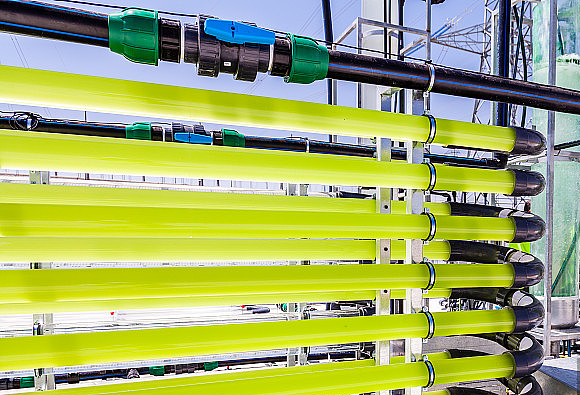In the present context, my investments lean towards unconventional yet promising ideas like magnetic storage, flow batteries, and the peak production and consumption concept. This article will consolidate the gathered information on these fronts.

1. Magnetic energy technology: potential and controversy
The magnetic energy technology mentioned, that is, extracting energy from the surrounding environment, sounds very attractive. If it can be realized, it will completely change the energy industry and provide a nearly unlimited and clean energy source. However, as you pointed out, this field is full of controversy.
Research by Tesla, Searle, Lake, etc.: The deeds of these people are regarded by many as pioneers in the field of magnetic energy. Their experiments and theories inspired people’s imagination of free energy, but also aroused doubts and criticism from the scientific community. The lack of reproducible experimental results and the lack of rigorous peer review make it difficult to verify the reliability of these studies.
Current status of magnetic energy research: Despite the controversy, research in the field of magnetic energy is still ongoing. For example, some scientists are exploring the use of magnetic induction and magnetic resonance principles to transmit energy wirelessly, which shows potential in powering small electronic devices. However, to achieve large-scale energy production, many technical barriers need to be overcome.
Cautious optimism is needed: For magnetic energy technology, we must maintain an open mind and scientific rigor. We need more basic research and verifiable experimental data to evaluate its feasibility and potential.
2. Liquid flow battery: the rising star in the field of energy storage
As an energy storage technology, liquid flow battery has attracted much attention in recent years. It achieves energy storage and release through the circulation of electrolytes and has many advantages:
Liquid flow batteries offer high capacity and durability, ideal for large-scale energy storage. They exhibit swift responsiveness and cost-effectiveness. The integration of non-toxic materials enhances environmental sustainability. Currently employed in grid energy storage projects, such as surplus energy storage in renewable power plants, liquid flow batteries are projected to experience substantial market growth in the coming years.
3. Peak Production Consumption (PPC): A Flexible Energy Management Strategy
PPC is an innovative energy management strategy that absorbs excess energy by running interruptible industrial equipment during periods of energy surplus. This is more flexible and cost-effective than traditional energy storage methods.
Case Study: Consider a cement plant that activates large motor-driven equipment during low grid loads, utilizing excess electricity to produce cement clinker. This strategy slashes energy costs and enhances grid stability.
Integration with smart grid and IoT: Successful PPC deployment necessitates smart grid and IoT technologies for remote monitoring and control of industrial equipment. Real-time monitoring optimizes energy distribution and boosts efficiency.
Data-driven approach: Flexible load management tactics have proven effective in significantly reducing grid peak loads, diminishing reliance on traditional power sources, and enhancing renewable energy absorption capacity.
4. Summary and Outlook
The concepts I’ve shared—magnetic energy, flow batteries, and PPC—envision cleaner, more efficient, sustainable energy. While magnetic energy is experimental, flow batteries and PPC hold practical promise. Progress entails increased R&D funds, innovative policies, interdisciplinary collaboration, open scientific discourse, and critical analysis. The objective is a decentralized, intelligent energy system empowering individuals and communities for a brighter future.
